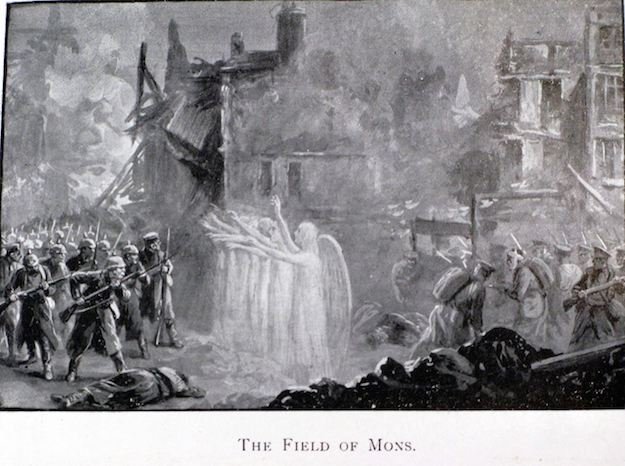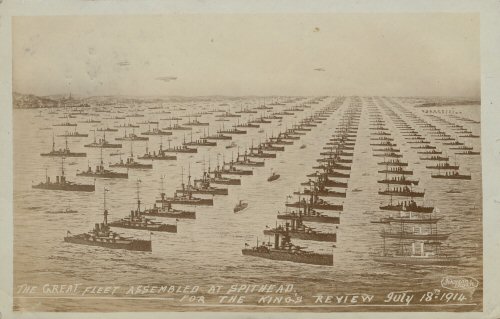Seminar: ‘Staging the aerial theatre’
Last Friday, 3 October 2014, I gave the Humanities Research Seminar at the University of New England on the topic of ‘Staging the aerial theatre: Britishness and airmindedness in the 20th century’ (kindly introduced by Nathan Wise), in which I expanded upon my ideas for a research project involving aviation spectacle. You can watch the […]





